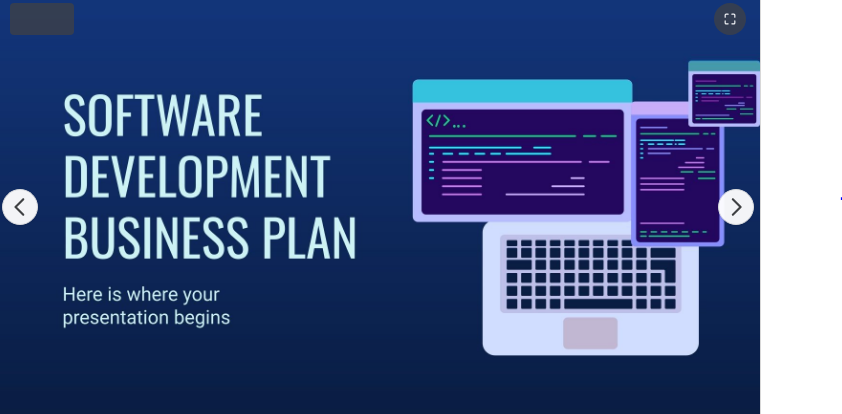Starting from Scratch: Building a Software Development Company Business Plan
Starting a software development company business plan isn’t about slick terms or massive spreadsheets. It’s clear thinking. Who’s it for, what’s it doing, and why would someone notice? Every founder must sort this out before typing any code. I’ve watched new companies fail – skipping these questions, thinking great tech sells on its own. That never works.
Your business plan is like your roadmap. It guides how you run things, handle money, bring on staff, and shape how you get customers. Without one, you’re moving without sight. See it as something that grows, shifting as projects evolve, teams expand, whenever markets change.
Understanding the Market Before the Code
Before coding even starts, check what’s happening out there. Spot patterns – like AI, phone apps, SaaS, or automated tools – and match one to what you’re good at. The tech world’s crowded; standing out means chasing spots most overlook. Honestly, this is where ideas crash. They talk too wide. Saying “We build custom software” won’t grab eyes now. But saying “we create AI-driven delivery solutions for tiny online stores” definitely will.
The Financial Spine of the Business Plan
Figures tell truths, yet they can stay out of sight when ignored. Your dev company’s roadmap needs a clear breakdown of initial expenses – gear, permits, paychecks, fees, or promotion efforts. Predict earnings over 12 months, even if it’s just an educated guess.
Mix income from fixed projects along with ongoing service deals. Plenty of tech outfits get through slow periods thanks to steady customers signed up for support packages. That’s how consistency happens.
Investors plus banks prefer forecasts that feel real, not pumped-up versions. Founders who claim ten million in sales by year one? That kind of claim often seems off. Stick to believable numbers at first, then build up slowly.
Operations: Building the Machine That Runs Itself
A clear strategy shows how your group operates – what tools you rely on, your process, yet how tasks move from start to finish. Whether it’s Agile, Scrum, Kanban – it’s all about staying steady with what you do while keeping things out in the open.
Customers aren’t just funding code. They’re backing consistency and confidence. The business plan needs to explain your team setup – like developers, project leads, QA testers, or people handling clients.
Even if you’re flying solo now, show how the business could grow over time.
Marketing and Client Acquisition
No customers, no business – that’s just how it is. Map out your outreach paths: SEO, social media ads, team-ups with other businesses, direct pitches, or word-of-mouth leads.
Gain trust by putting out useful stuff – real project breakdowns, technical write-ups, working code samples. A lean yet solid online footprint pulls in quality interest. My team found that steady posting brings triple the organic visits compared to paid clicks over months.
Stay real when you market – folks like chatting with actual humans, not faceless “tech companies.” Ditch the jargon and just talk straight to your customers, like you mean it.
Wrapping the Plan into Reality
Your software development company’s business plan isn’t set in stone. Check it every three months instead. Markets change quickly, tech becomes outdated, yet customer needs evolve without warning. Stay flexible no matter what. You might bring in something fresh – say AI tools or security advice – once funds allow. That’s growth in action: not sitting around, but moving forward with intent.
Starting a tech company isn’t neat or straightforward – often chaotic, kind of draining at times, yet totally worth it if handled well.


